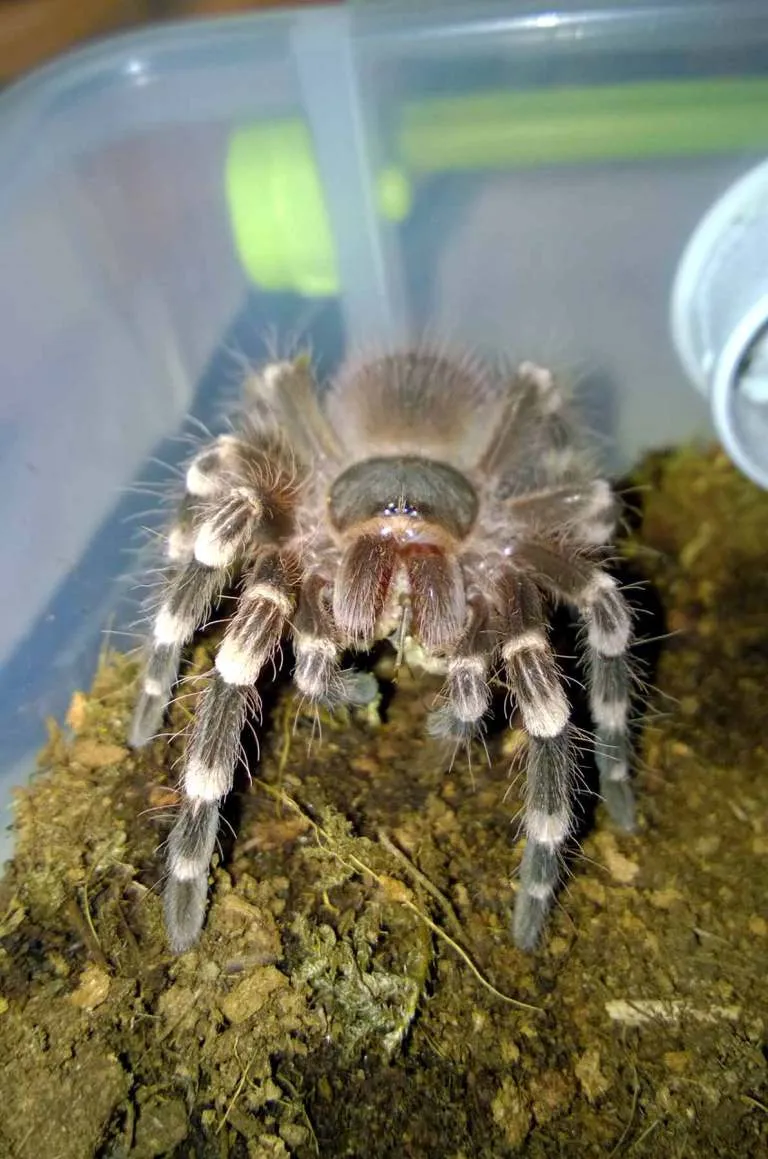What to Feed Your Tarantula?
Choosing the right feed for your tarantula is crucial for its health, growth, and overall well-being. Tarantulas, being obligate carnivores, require a diet consisting primarily of live insects. Understanding the nutritional needs of your tarantula and the various food options available is the first step toward ensuring it thrives in captivity. This guide will delve into the best feed options, feeding frequency, and supplementary requirements to help you become a responsible tarantula owner. Proper feeding not only keeps your tarantula healthy but also allows you to observe natural behaviors, enriching the experience of tarantula keeping. Preparing their feed can be one of the most rewarding experiences in their care; however, failing at the basics can cause major problems later on.
The Importance of a Proper Diet
A balanced diet is paramount for the longevity and vitality of your tarantula. Just like any other pet, tarantulas need a diet that meets their specific nutritional requirements. A poor diet can lead to various health problems, including stunted growth, molting issues, and a shortened lifespan. A well-nourished tarantula is more likely to exhibit its natural behaviors, such as web-building and hunting, which contribute to a more engaging and enriching experience for the keeper. Understanding the nutritional components of different feed options allows you to provide a varied diet, essential for optimal health and to mimic natural feeding patterns. Remember, a healthy tarantula is a happy tarantula, and a proper diet is the foundation of their well-being. A healthy tarantula has the energy and resources needed to thrive.
Nutritional Needs of Tarantulas
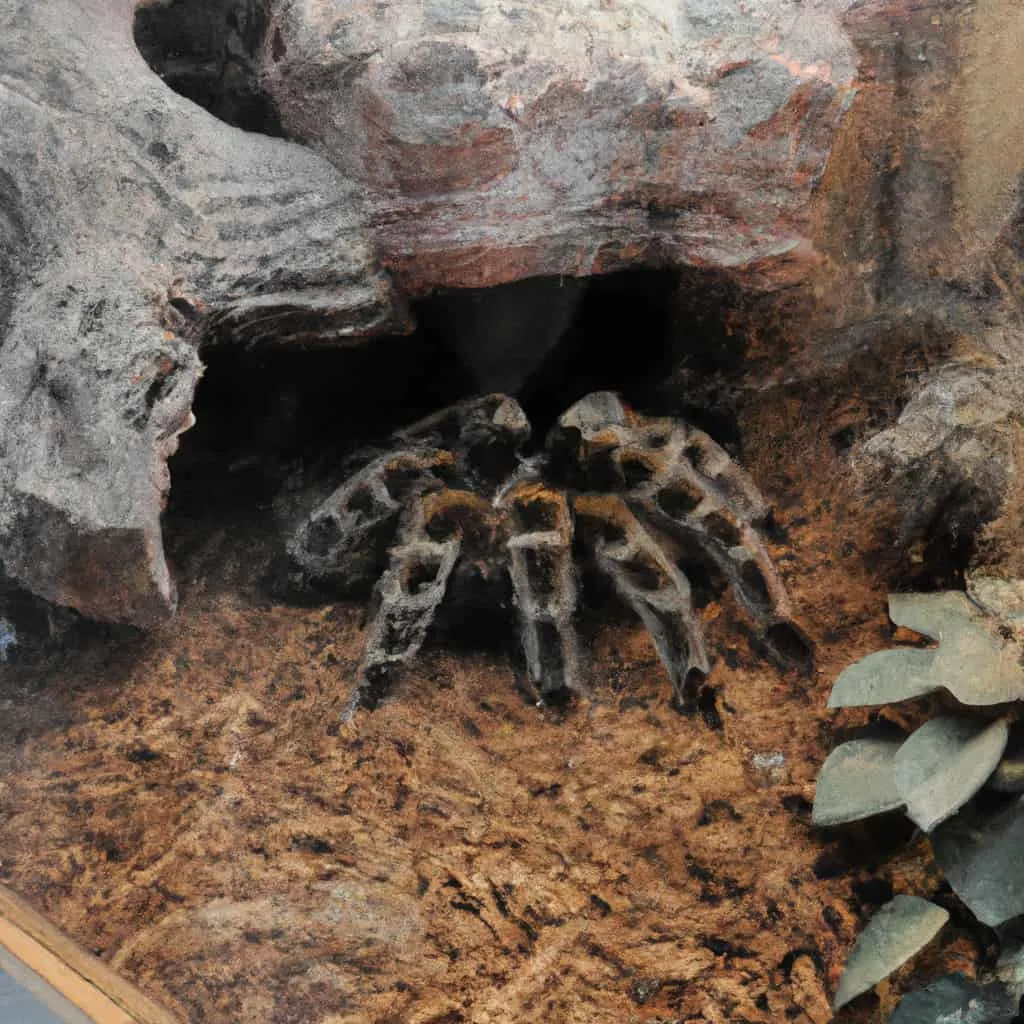
Tarantulas need a diet rich in protein, chitin, and other essential nutrients to support their growth and development. Protein is vital for muscle development and overall body function. Chitin, found in the exoskeleton of insects, aids in the molting process. Furthermore, tarantulas require a sufficient amount of water to stay hydrated, which is crucial for their health and molting process. Calcium and other trace minerals are also important, especially during the growth phase. This underlines the importance of selecting diverse feed options to meet these complex nutritional needs. Providing a varied diet can also reduce the risk of nutritional deficiencies. Analyzing the nutritional content of different feeds enables you to create a balanced diet that meets the tarantula’s requirements at various stages of life.
Top 5 Feeds for Your Tarantula
The best feed options often depend on the size and species of your tarantula, as well as your accessibility to different food sources. Here are five of the most popular and effective feed choices, along with their pros and cons.
Crickets
Crickets are a staple feed for many tarantula keepers. They are readily available at most pet stores and are easy to keep, provided you have space and time. Crickets offer a good source of protein and are relatively easy for tarantulas to catch, stimulating their natural hunting instincts.
Pros and Cons of Crickets
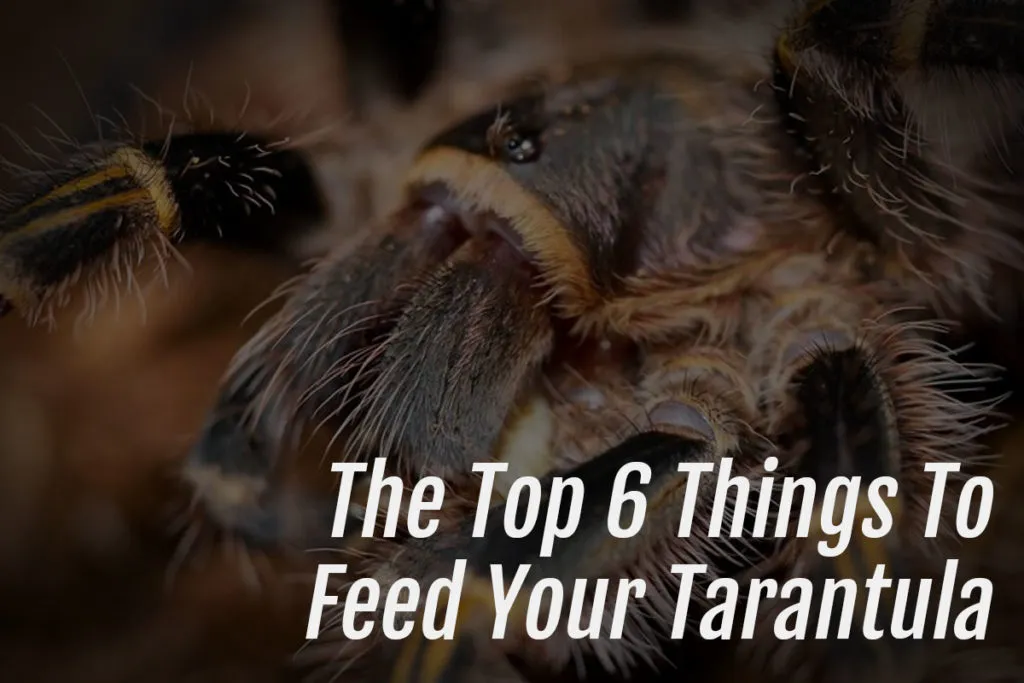
Pros include being a widely available, affordable option. They also promote natural hunting behavior in tarantulas. Cons include crickets being noisy, can be difficult to keep alive, and may escape from enclosures. Furthermore, crickets may carry parasites if not properly sourced.
Mealworms
Mealworms are another convenient option, often available at pet stores or online. They are easy to store and maintain, offering a readily available feed source. Mealworms are a good source of protein and are relatively easy for smaller tarantulas to consume. Always ensure that you offer a sufficient amount of the feed.
Pros and Cons of Mealworms
Pros include ease of storage and availability. Cons include a lower nutritional profile compared to other insects and the potential for mealworms to burrow into the tarantula’s enclosure if not consumed. Overfeeding mealworms can also lead to a bloated tarantula.
Roaches
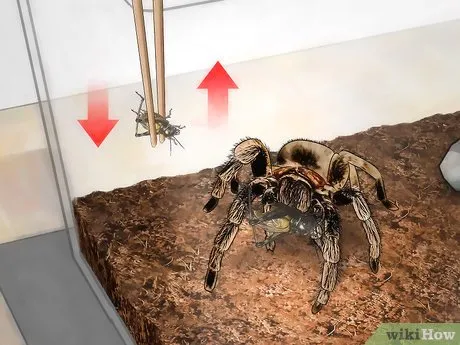
Roaches, such as Dubia roaches, are often considered an excellent feed option due to their high nutritional value. They are high in protein and easy to breed, providing a sustainable food source. Roaches are also less prone to escaping compared to crickets and are generally less noisy.
Pros and Cons of Roaches
Pros include high nutritional value, ease of breeding, and minimal escape risk. Cons may include higher initial setup costs if breeding your own, and some people find them less appealing to handle. It is also very important to make sure the roaches are healthy before feeding them to your tarantula.
Superworms
Superworms are larger than mealworms and provide a good source of protein and fat. They are often a good choice for larger tarantula species. However, it’s crucial to note that superworms have a high-fat content, so they should be offered in moderation to prevent overfeeding and obesity.
Pros and Cons of Superworms
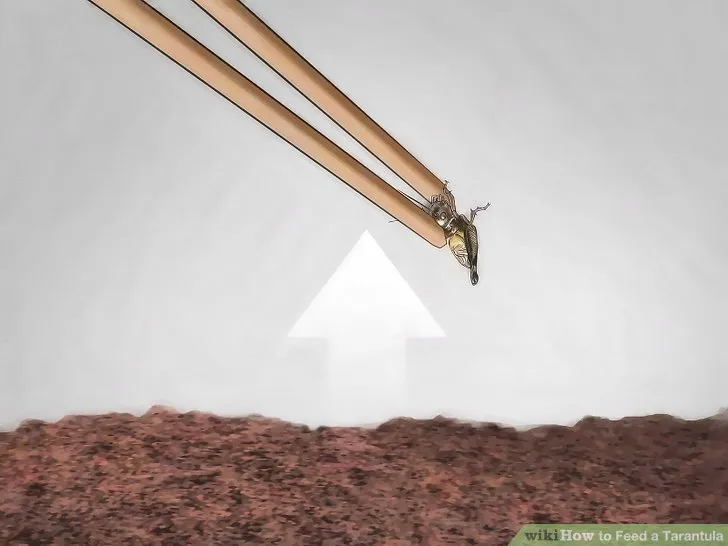
Pros include large size, appealing to larger tarantulas and high in protein. Cons are the high-fat content requiring moderation, and they can burrow. They also have powerful mandibles that can sometimes injure a tarantula during feeding if the worm is not fully consumed.
Pinkie Mice
Pinkie mice (baby mice) are a high-protein feed option, especially suitable for larger tarantula species. They provide a complete nutritional profile, but should be offered sparingly due to their high-fat content. Feeding pinkies should be considered an occasional treat.
Pros and Cons of Pinkie Mice
Pros include high protein content and suitability for large tarantulas. Cons include a high-fat content, potential for obesity if overfed, and ethical considerations for some keepers. Pinkies are also not an essential part of a tarantula’s diet and should only be offered in moderation.
Feeding Frequency & Amounts
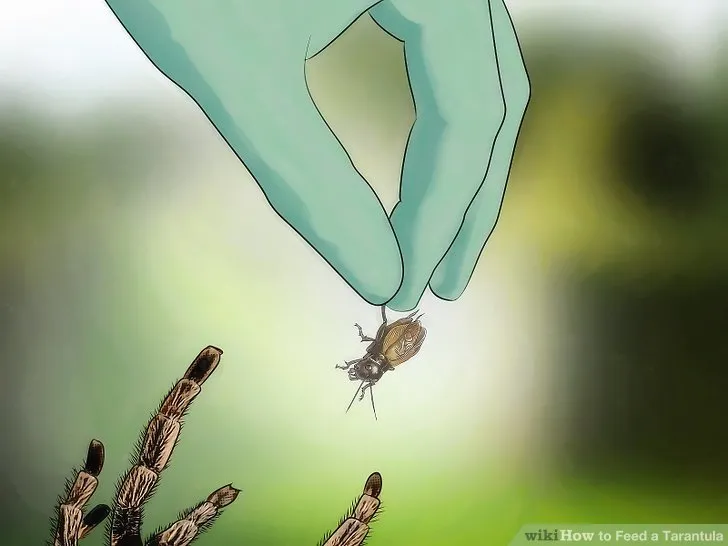
The frequency and amount of feed depend largely on the tarantula’s size, age, and metabolism. Spiderlings (young tarantulas) may need to be fed more frequently, possibly every other day or every few days, while adult tarantulas may only need to be fed once or twice a week. Observe your tarantula’s feeding behavior and abdomen size to gauge whether it’s getting enough food. A plump abdomen indicates a well-fed tarantula, while a thin abdomen may indicate the need to increase feeding frequency or portion size. Remember to adjust feeding based on your tarantula’s molting cycle as well – never feed a tarantula that is in premolt, which is indicated by a darkened abdomen.
Adjusting Feed Based on Tarantula Size
The size of the feed should be proportional to the size of your tarantula. Spiderlings can eat small insects, while larger tarantulas need larger prey. Always ensure that the feed is no larger than the tarantula’s body size, or the tarantula will struggle to eat it or could potentially be injured. As your tarantula grows, increase the size of the feed accordingly. Be mindful of the uneaten remains, especially with insects like crickets. Remove any uneaten feed within 24 hours to prevent the risk of the feed stressing or harming your tarantula.
Water and Supplements
Fresh, clean water should always be available to your tarantula. Providing a shallow water dish or a water source like a cotton ball soaked in water is essential for hydration. Also, while most insects provide sufficient nutrients, some keepers supplement their tarantula’s diet with calcium or vitamin supplements, especially when feeding a lot of insects that have not been gut-loaded (fed nutritious food). These supplements can be dusted onto the insects before feeding. Always research the specific needs of your tarantula species to determine if supplementation is necessary. Ensure all supplements are appropriate for arachnids to avoid any potential harm.
